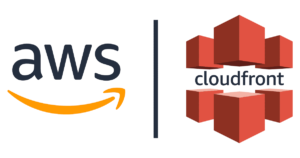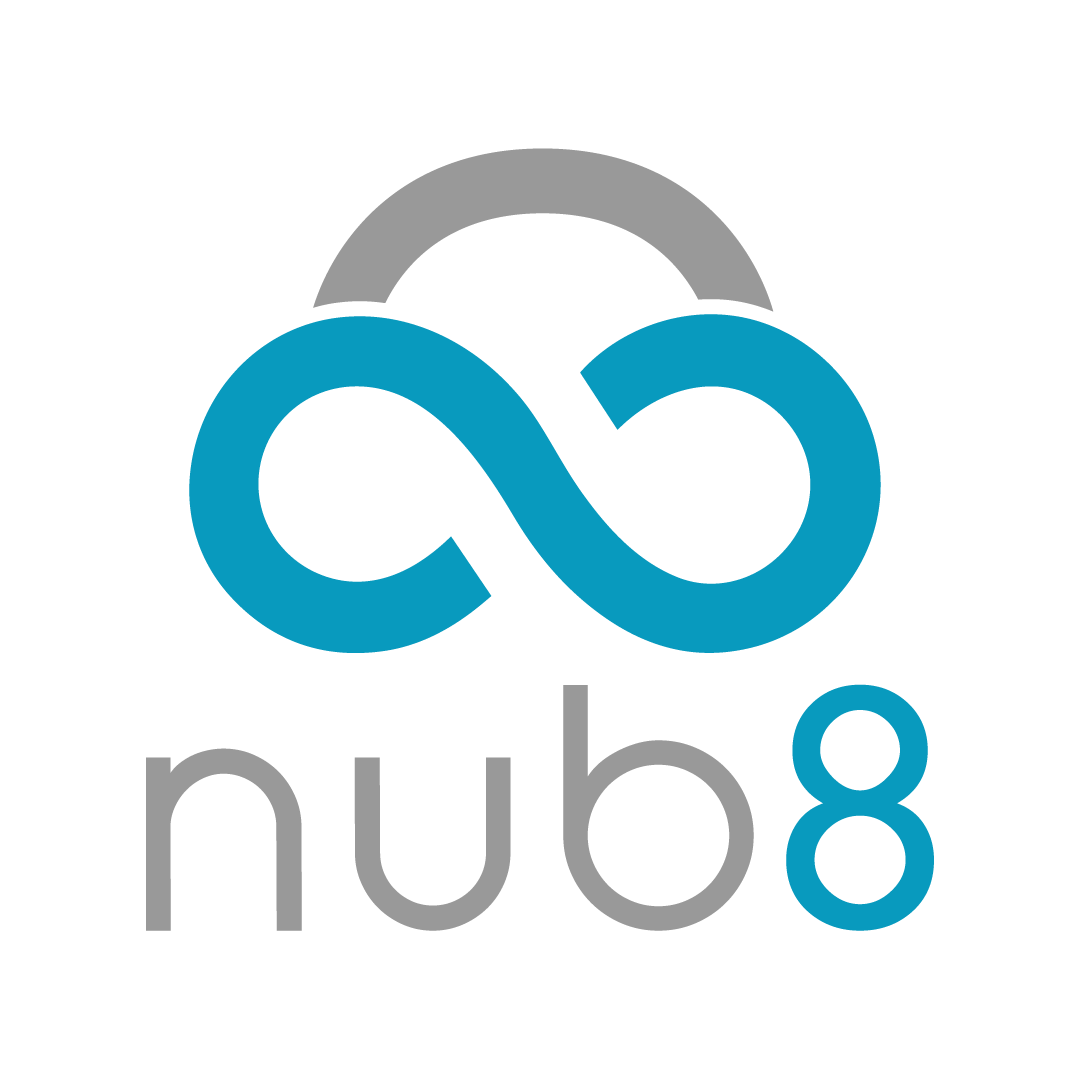As discussed in last blog post, Amazon CloudFront is good option for CDN implementations. Another alternative is Azure Content Delivery Network (CDN), that caches Windows Azure blobs and the static content output of computer instances at strategically placed locations to provide maximum bandwidth for delivering content to users.
Azure CDN Architecture
Azure CDN isn’t the cheapest solution around for CDN implementations. Still, those who want integration with other Microsoft technologies and services may well find the price worth paying. You can quickly deploy it alongside other Azure storage or cloud services, for instance. The CDN can be managed from PowerShell or .NET, a big plus for many developers and sysadmins, as well as via a REST API and Node.js. The Azure rules engine supports querying more than 40 conditions, for instance, covering device type, location, request details, URL etc.
Benefit of Content Delivery Network
Enterprises that eyewitness a huge traffic on their website, can use CDN to their advantage. Following are some of the important benefits of Content Delivery Network.
1. Less latency
CDN supports significantly reduced page load time of website. It lowers the latency the faster the packets of information are sent and received.
2. Decreased Network load
Forwarding visitors to edge servers means balancing network load. Less network disruption outcomes in better user experience.
3. Increased reliability
The objective of a CDN is to make everything faster by utilizing speeding up technology which further increases the stability, performance and reliability of all content within that system, resulting in better customer satisfaction.
4. Reduced Cost
It’s an economical way to enhance web performance across the globe in one simple platform. Also, the load of all traffic is not positioned on a single backbone, but it is distributed to edge servers. So, we can cut content delivery costs.

CDN architectures
A typical CDN architecture consist of following elements.
1. Control Node
key benefit is to host the planning, management, tracking, routing and monitoring components of a CDN.
2. Origin Nodes
The master sources for content and can be deployed within the operator’s network (on-net) or more usually within a content owner’s setup.
3. Storage Nodes
Key benefit is providing data to caches, these can be arranged in a hierarchical model to let tiered caching and protection to any origin servers.
4. Delivery Nodes
Key benefit is delivery of data to consumers. It comprises caches running one or more delivery applications; these tend to be positioned as close to the edge as possible.
Nub8 offers robust and efficient Content Delivery services via Azure CDN. Our Content Delivery consulting services provide following advantages.
• Significantly reduced page load time of your website
• Increased revenue by 1% for every 100 ms of improvement to page load time
• Retaining more customers (they are more satisfied)
• More manageable traffic
• Maximum availability of your product
• More secure network
• No geographical barriers
